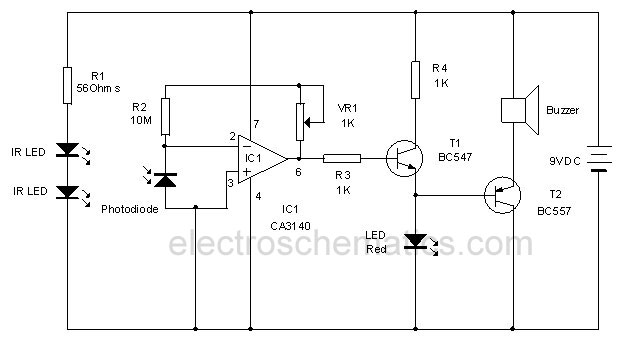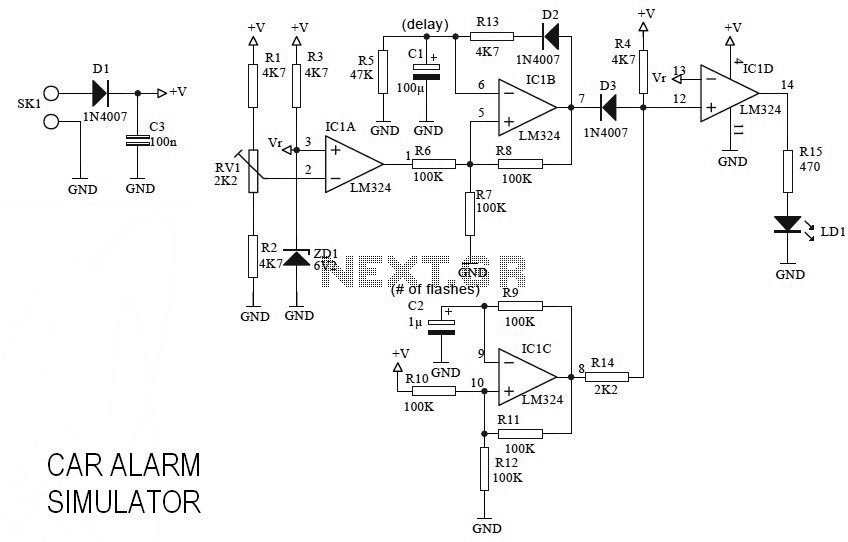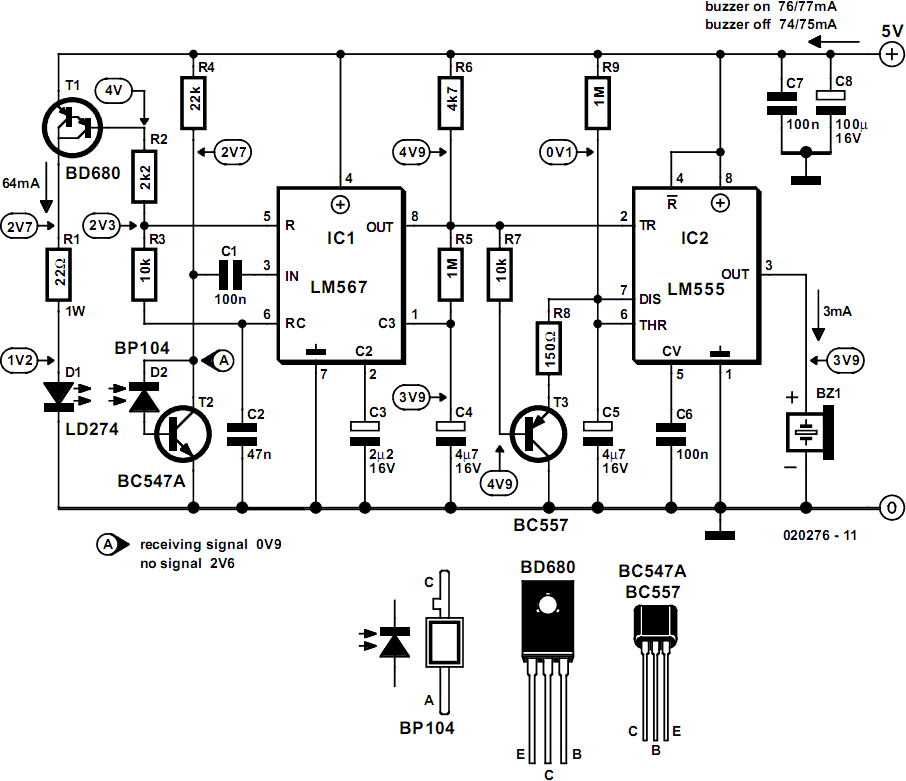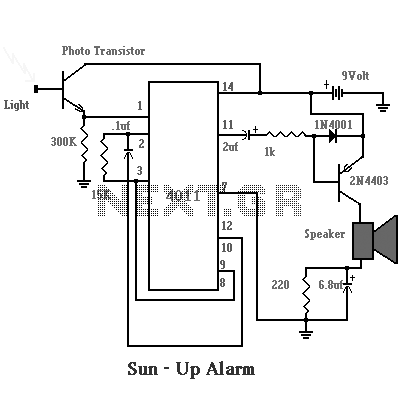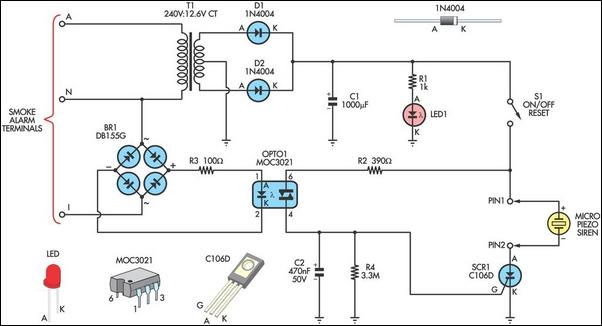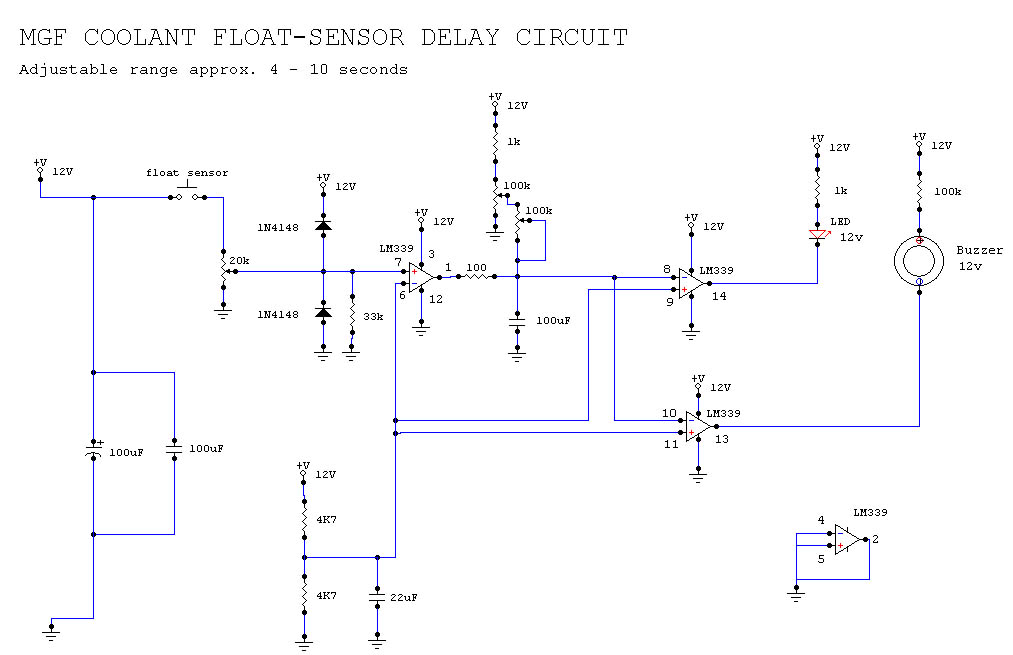
Drinking Water Alarm
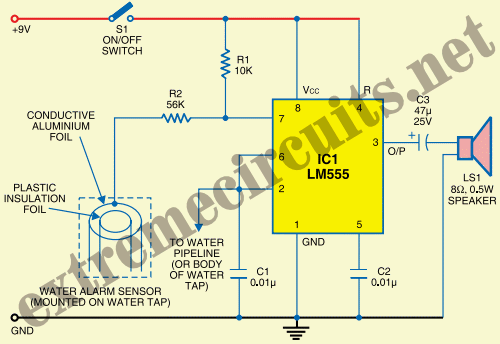
The State Jal Boards provide water for a limited duration each day. The timing of water supply is determined by the management, and the public is not informed of this schedule.
The operation of State Jal Boards typically involves a network of pumps, valves, and reservoirs designed to manage water distribution efficiently. The system is controlled by a central management unit that schedules the water supply based on various factors, including demand, reservoir levels, and maintenance requirements.
To optimize the water supply process, a programmable logic controller (PLC) can be employed. This PLC can be programmed to automate the scheduling of water distribution, ensuring that supply times are consistent and that any changes in demand can be accommodated. Sensors can be integrated into the system to monitor water levels in reservoirs and detect any leaks or faults in the distribution network.
Additionally, the use of flow meters can help in tracking the amount of water supplied to different areas, allowing for better management of resources and identification of any discrepancies in water distribution. Communication systems, such as GSM modules, can be utilized to send alerts to the management team regarding supply status, enabling timely responses to any issues that may arise.
Overall, the design of the State Jal Boards' water supply system requires careful consideration of both hardware components and software algorithms to ensure reliable and efficient service to the public.The State Jal Boards supply water for limited duration in a day. Time of water supply is decided by the management and the public does not know the same 🔗 External reference
The operation of State Jal Boards typically involves a network of pumps, valves, and reservoirs designed to manage water distribution efficiently. The system is controlled by a central management unit that schedules the water supply based on various factors, including demand, reservoir levels, and maintenance requirements.
To optimize the water supply process, a programmable logic controller (PLC) can be employed. This PLC can be programmed to automate the scheduling of water distribution, ensuring that supply times are consistent and that any changes in demand can be accommodated. Sensors can be integrated into the system to monitor water levels in reservoirs and detect any leaks or faults in the distribution network.
Additionally, the use of flow meters can help in tracking the amount of water supplied to different areas, allowing for better management of resources and identification of any discrepancies in water distribution. Communication systems, such as GSM modules, can be utilized to send alerts to the management team regarding supply status, enabling timely responses to any issues that may arise.
Overall, the design of the State Jal Boards' water supply system requires careful consideration of both hardware components and software algorithms to ensure reliable and efficient service to the public.The State Jal Boards supply water for limited duration in a day. Time of water supply is decided by the management and the public does not know the same 🔗 External reference
